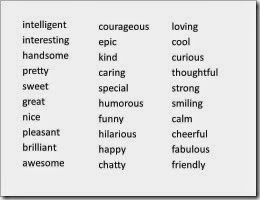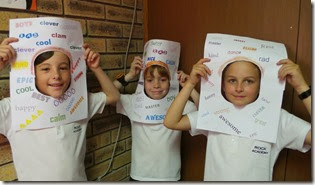My Grade 9 students use Chrome and today we made sure that each one of them has the Chrome bookmarklet on his/her browser bar. Since we use Chrome we added the Chrome extension called Diigo web. Learning proper bookmarking skills is an essential skill for everyone in my opinion.
My discussion with the class
What do you do when you find a good article on the Internet and you want to keep a record of it it later use? The best way is to ‘bookmark’ it quickly and simply. Bookmarking is an online process. So the question becomes ‘How do you bookmark sites when you are surfing the Internet?’
There are so many superb ways to do this ‘bookmarking’ but one of my favourite bookmarking sites is Diigo (http://diigo.com) because of all the amazing options that it offers. A really great thing about using Diigo to bookmark a site is that once you have bookmarked it (and it takes about one or two seconds to do this), it will be available on all the devices that you use simply because it is done online.
How to use Diigo
As soon as you click on the little blue Diigo icon a window opens and from there you stay simple and simply 'save' and give it a name or category when the save button opens up; or you can go further and use some of the useful options such as seen on the image on the right..

I found a really good YouTube Diigo video tutorial on 'How to use Diigo' by David Knapp (6 minutes in length) and I have embedded it below. It elaborates really well on the following:
- how to sign up for Diigo.com
- how to create tags to categorize the websites you save so you can easily search for it later i.e. Science, Maths, reading etc
- how to add the Diigo bookmarklet to your browser menu bar for easy capturing
- how to add your bookmark to a list
- how to also save your bookmark to a ‘group’
- how to add a Diigo extension to Chrome for easy bookmarking
- how to annotate a website while you are reading it
- how to add a sticky note to a website
- how to easily navigate to the sites you have saved
- how to share lists with others
Classroom use for Diigo
Diigo is a useful tool to introduce to your students if you are a teacher. Apart from simply saving a website they find online they can study the content online using the various options of annotating, highlighting, creating sticky notes etc.
Watch how this second grade teacher uses Diigo with her class! The video is called ‘Diigo how to homework for 2nd grade’.
There’s so much more you can do with this amazing bookmarking site – but this is a good beginning. Really, you must give this site a try. Whatever device you use, knowing how to bookmark using Diigo is a must for productive Internet surfing!
Further reading PLN Challenge #7: Using Diigo as part of your PLN













